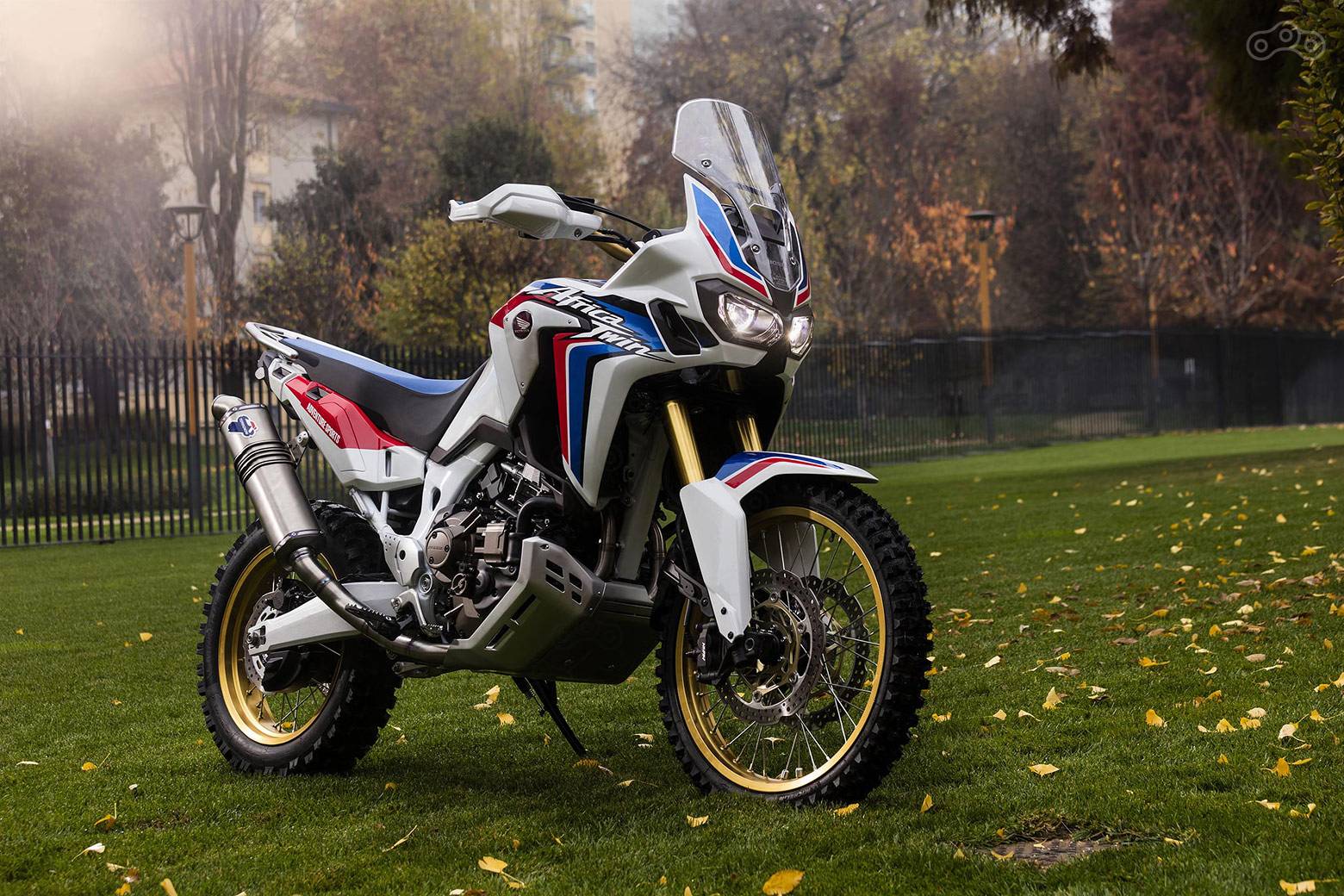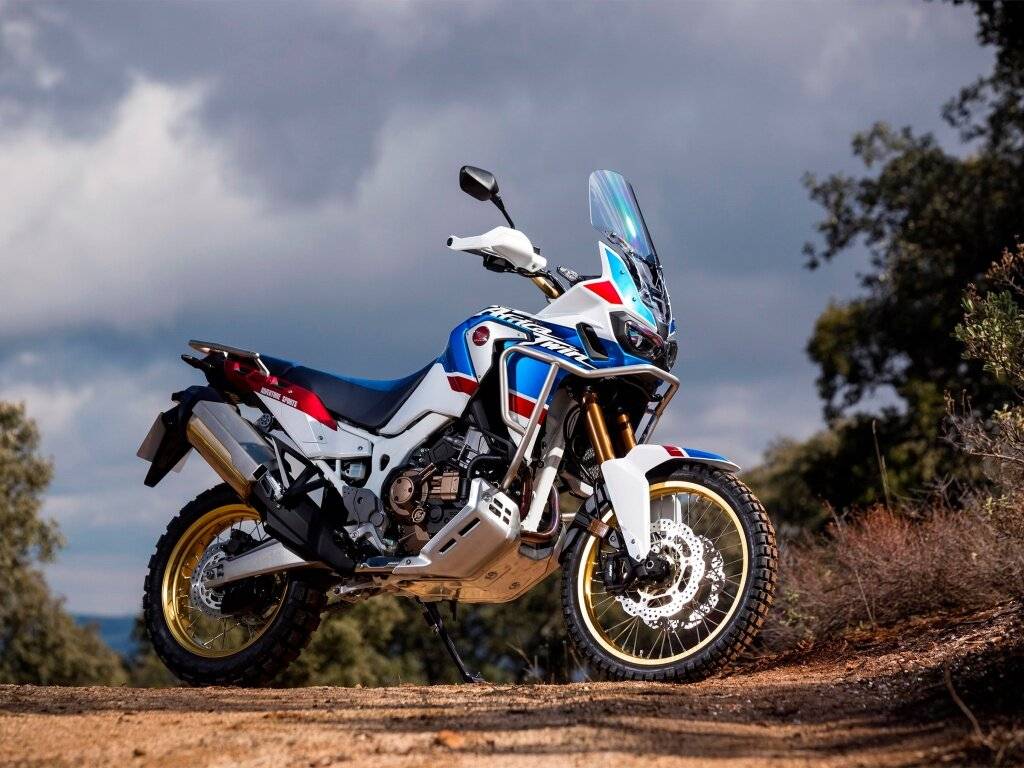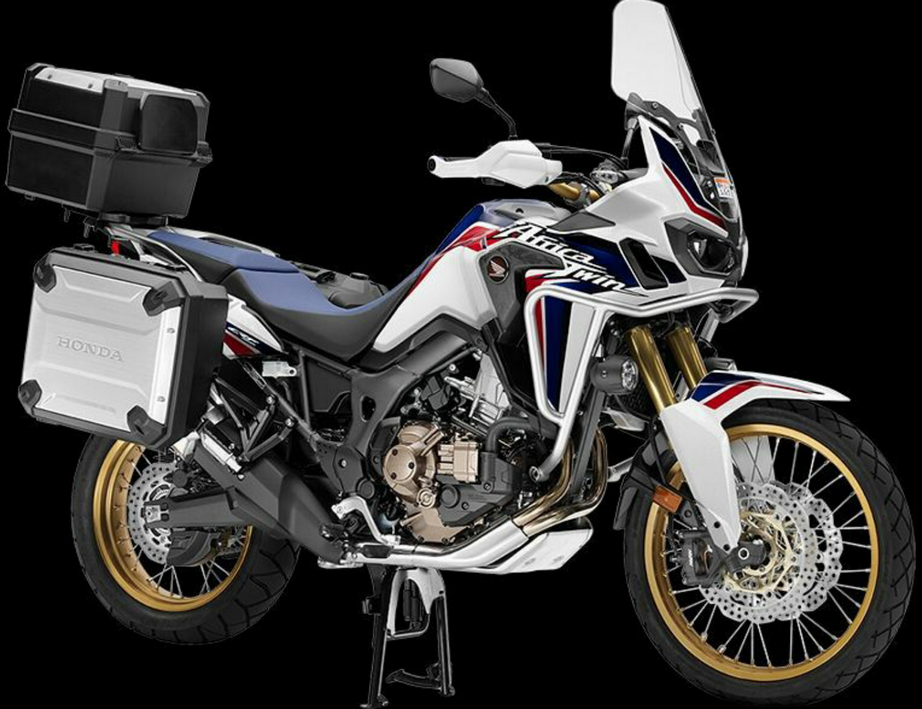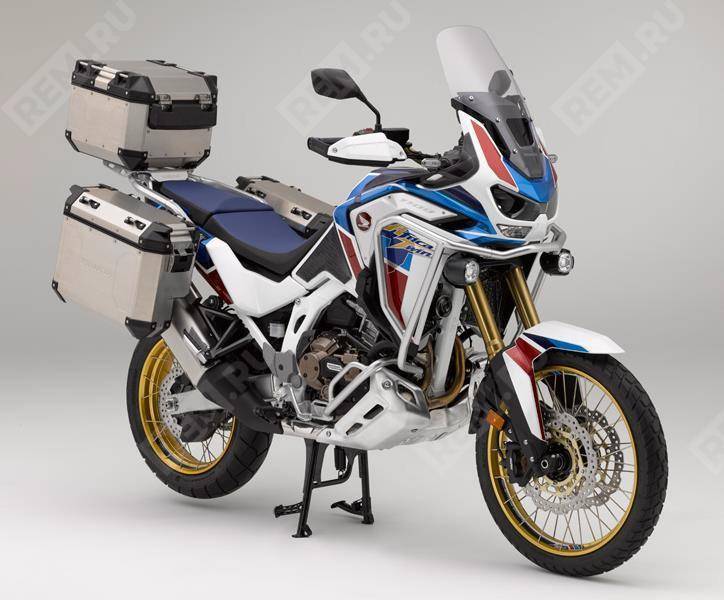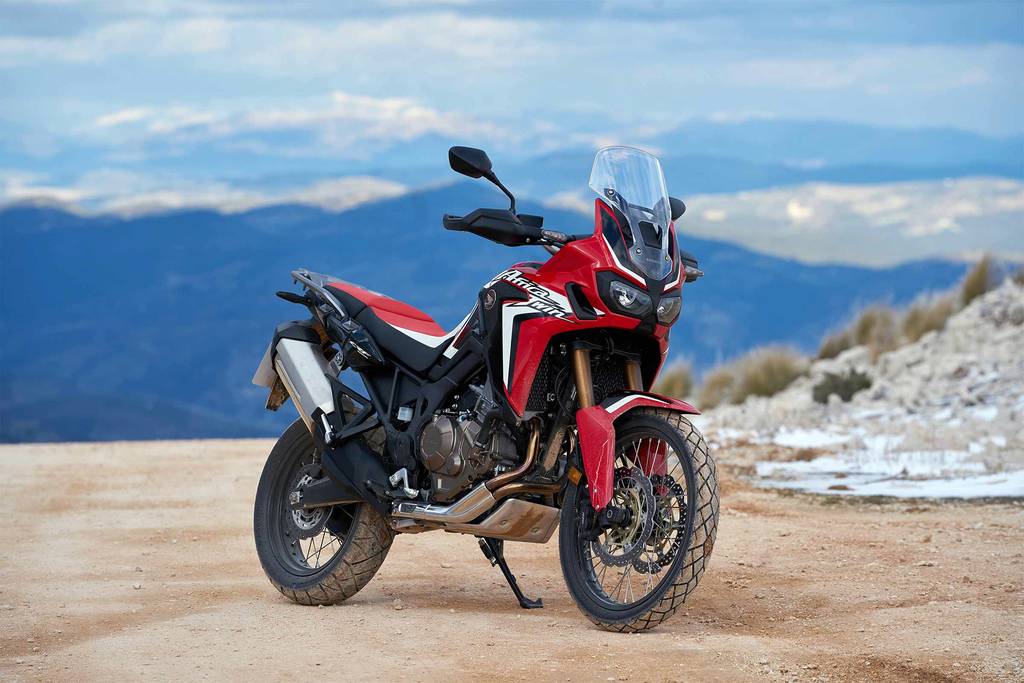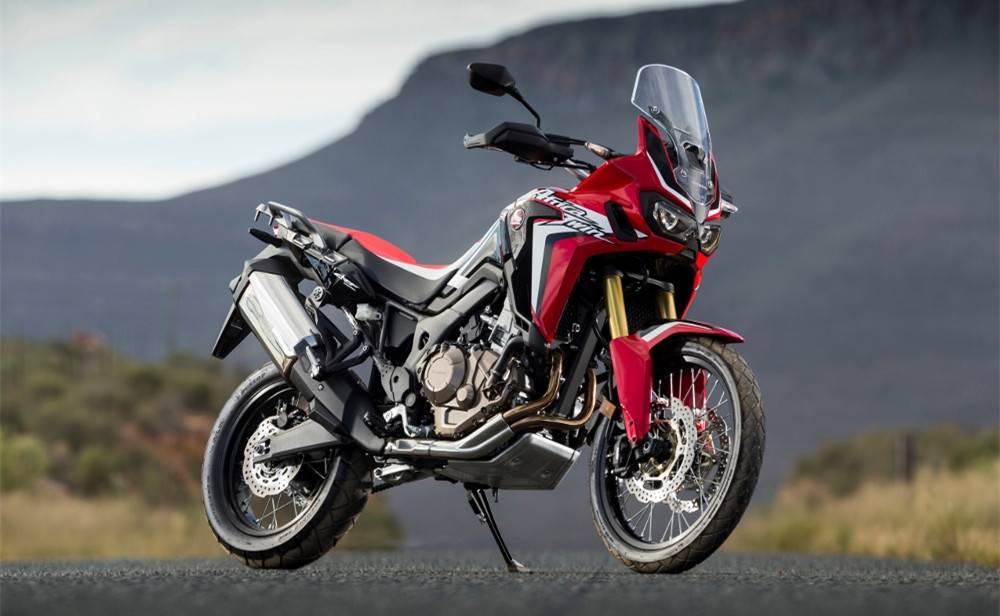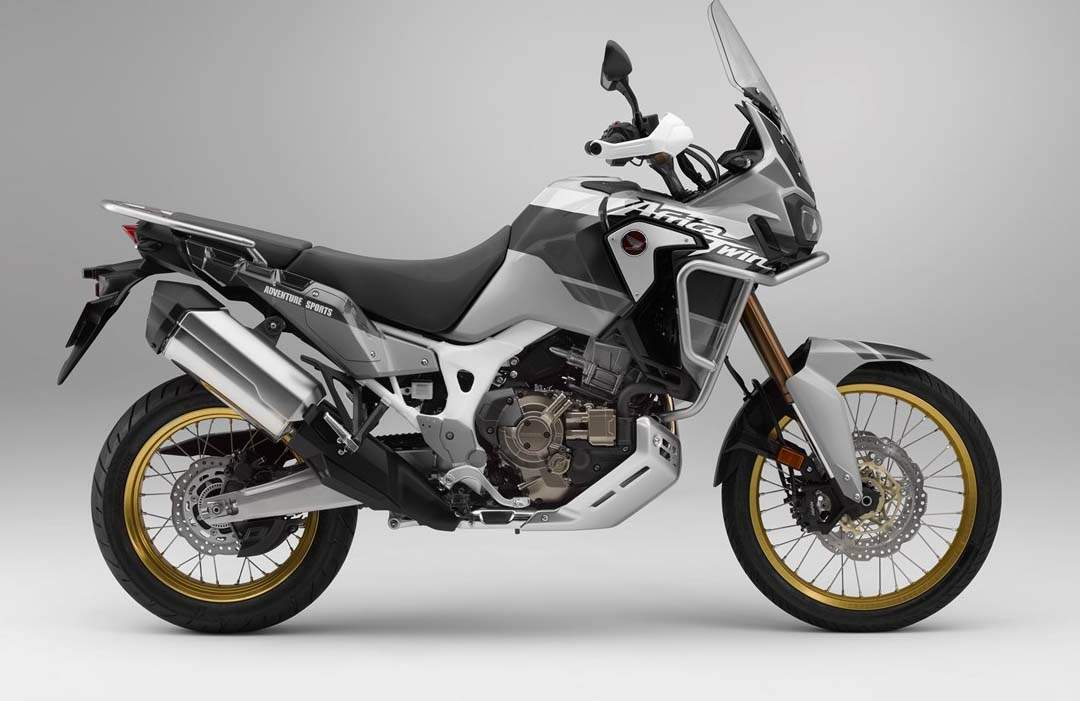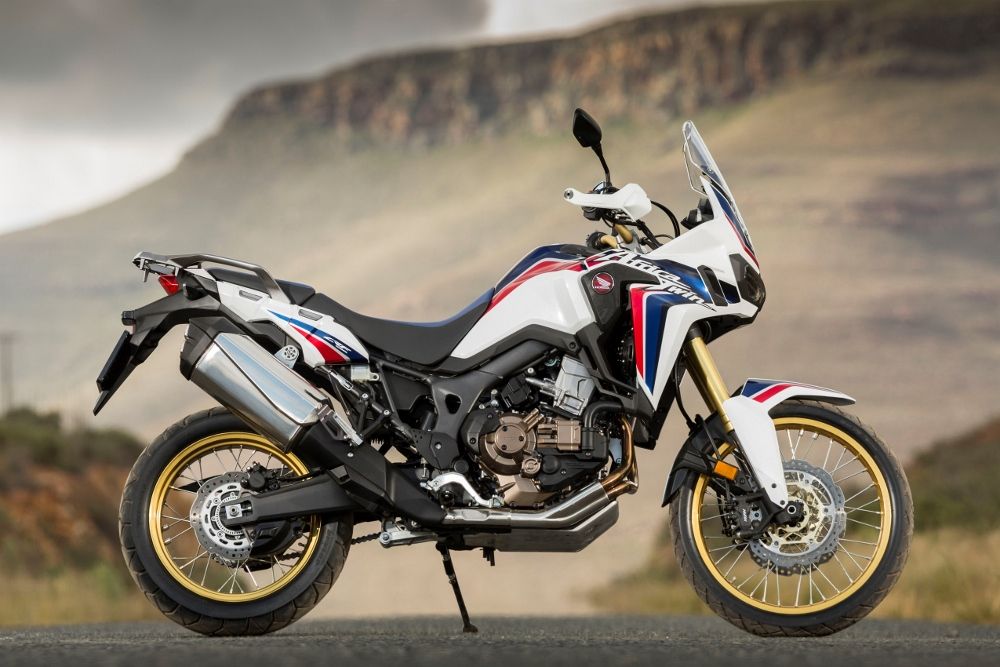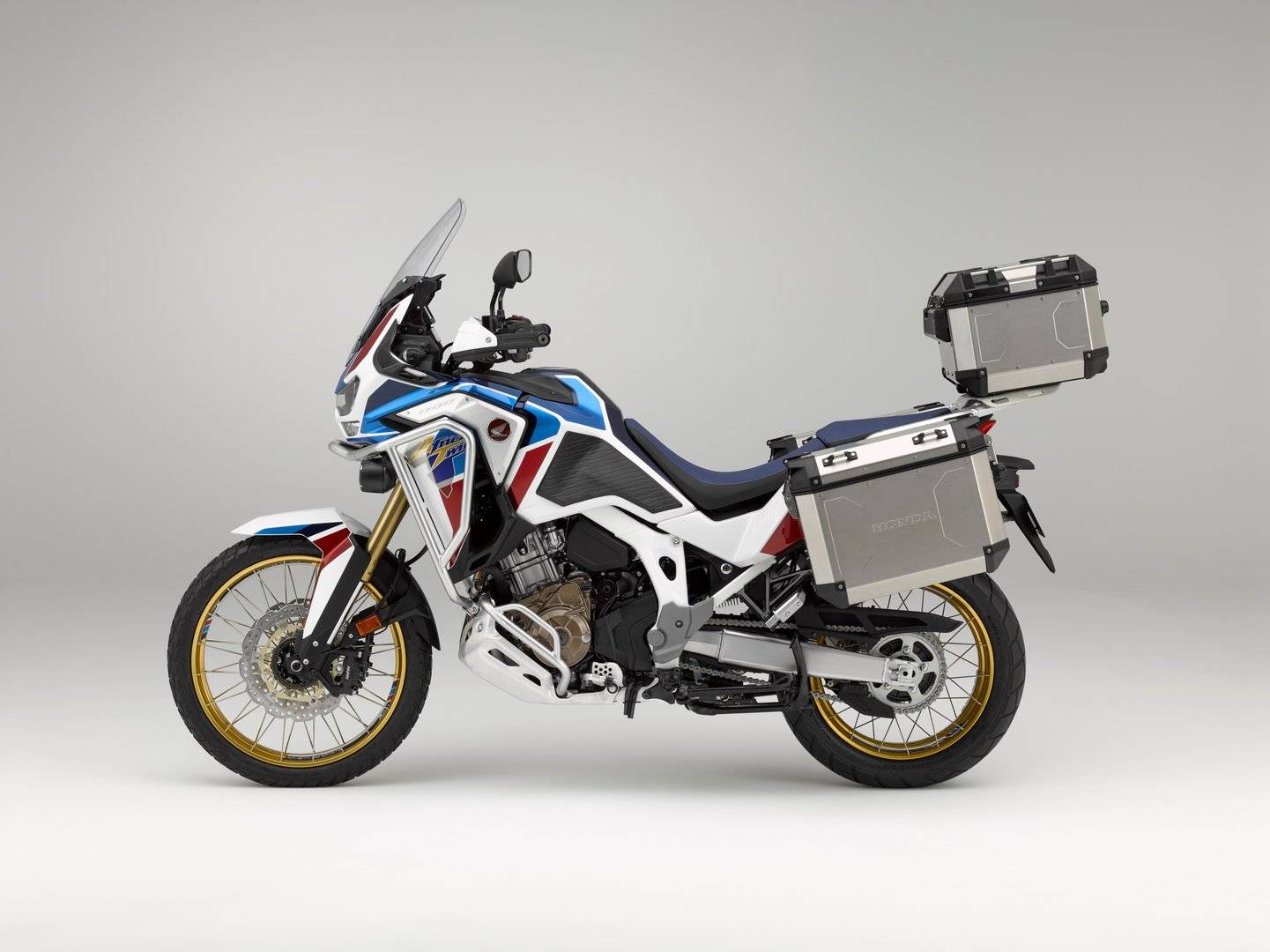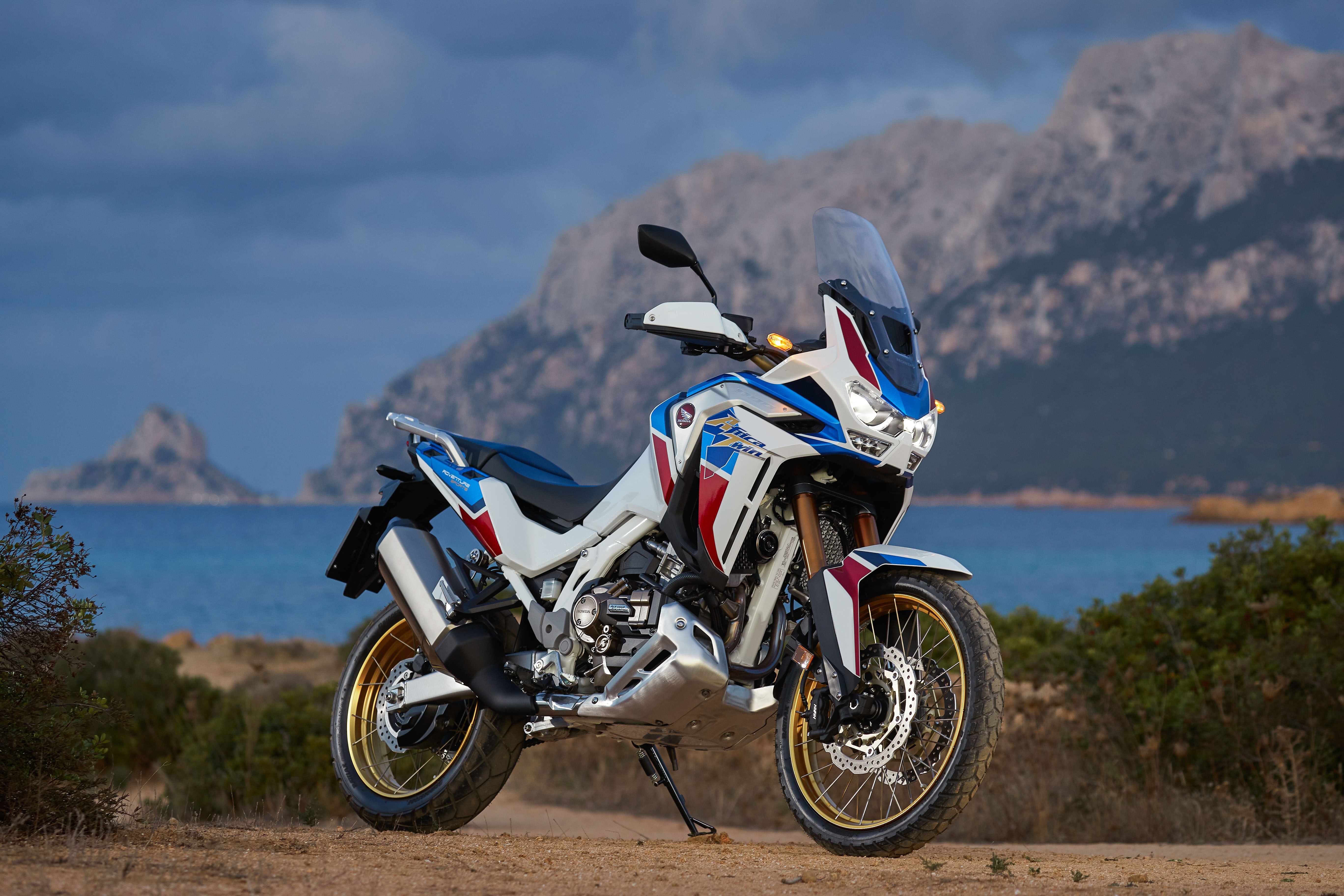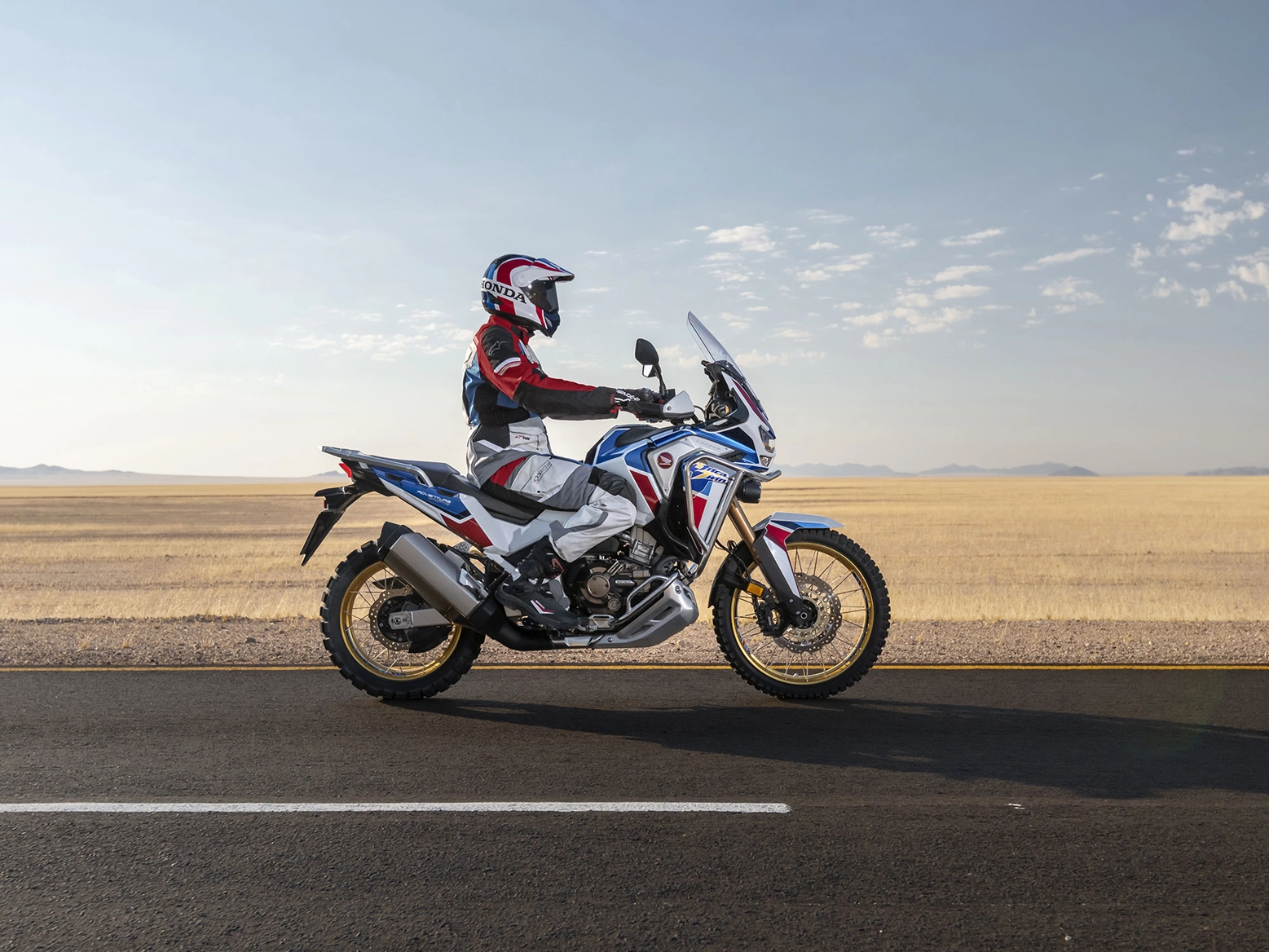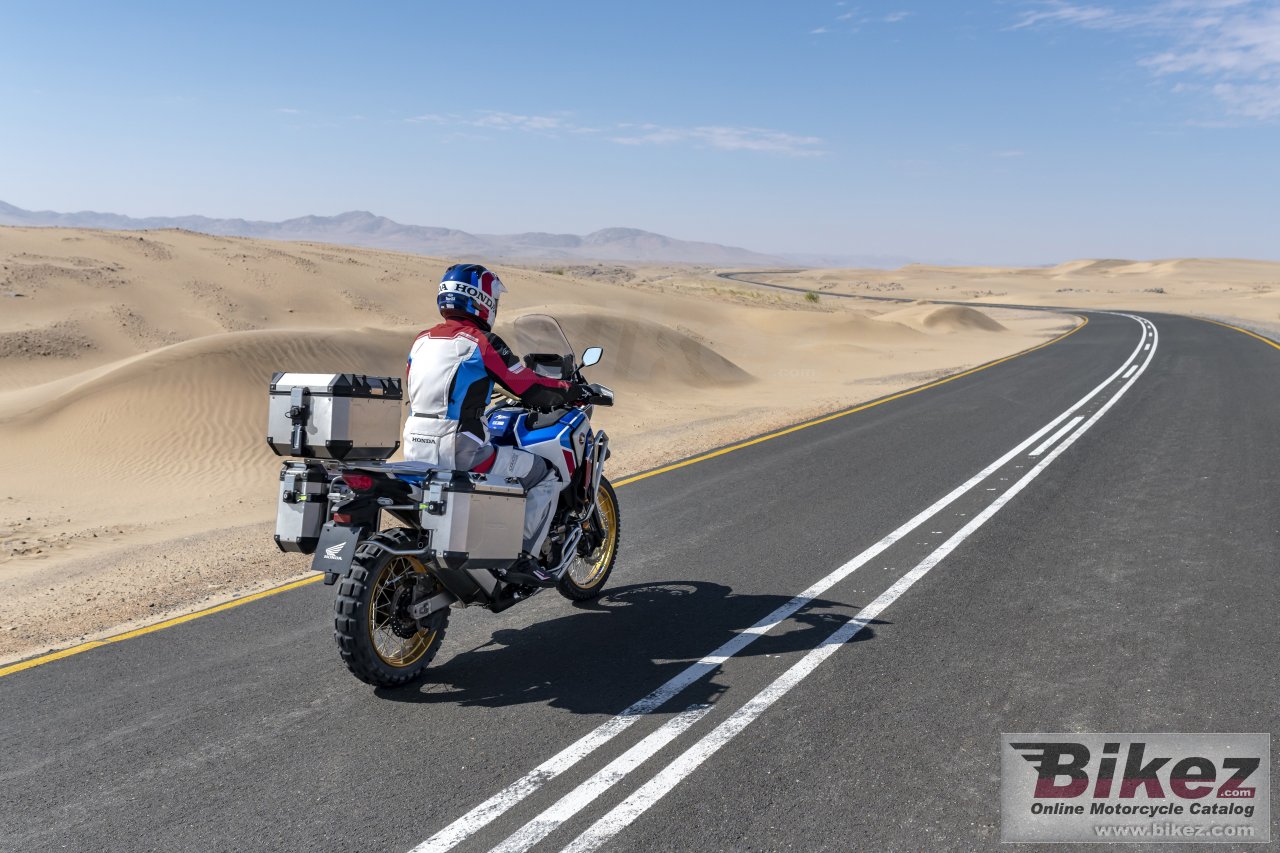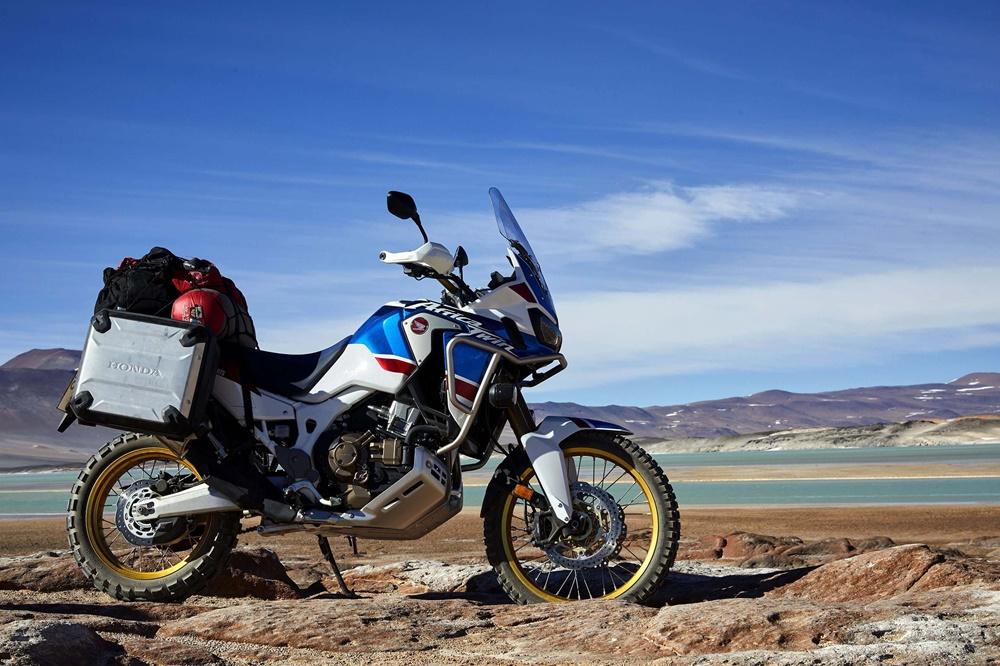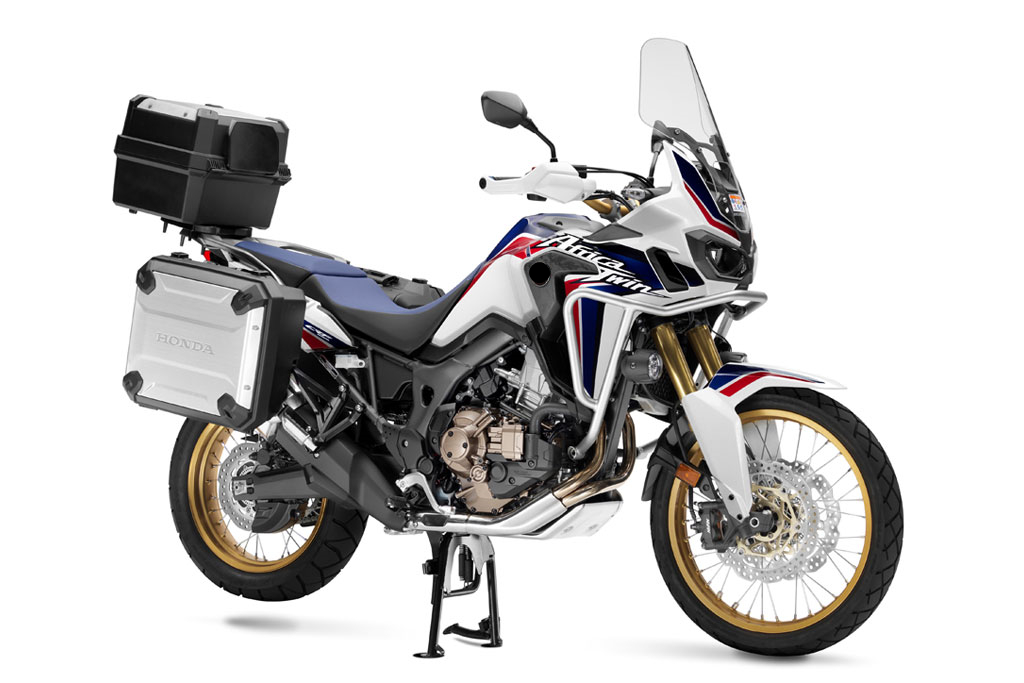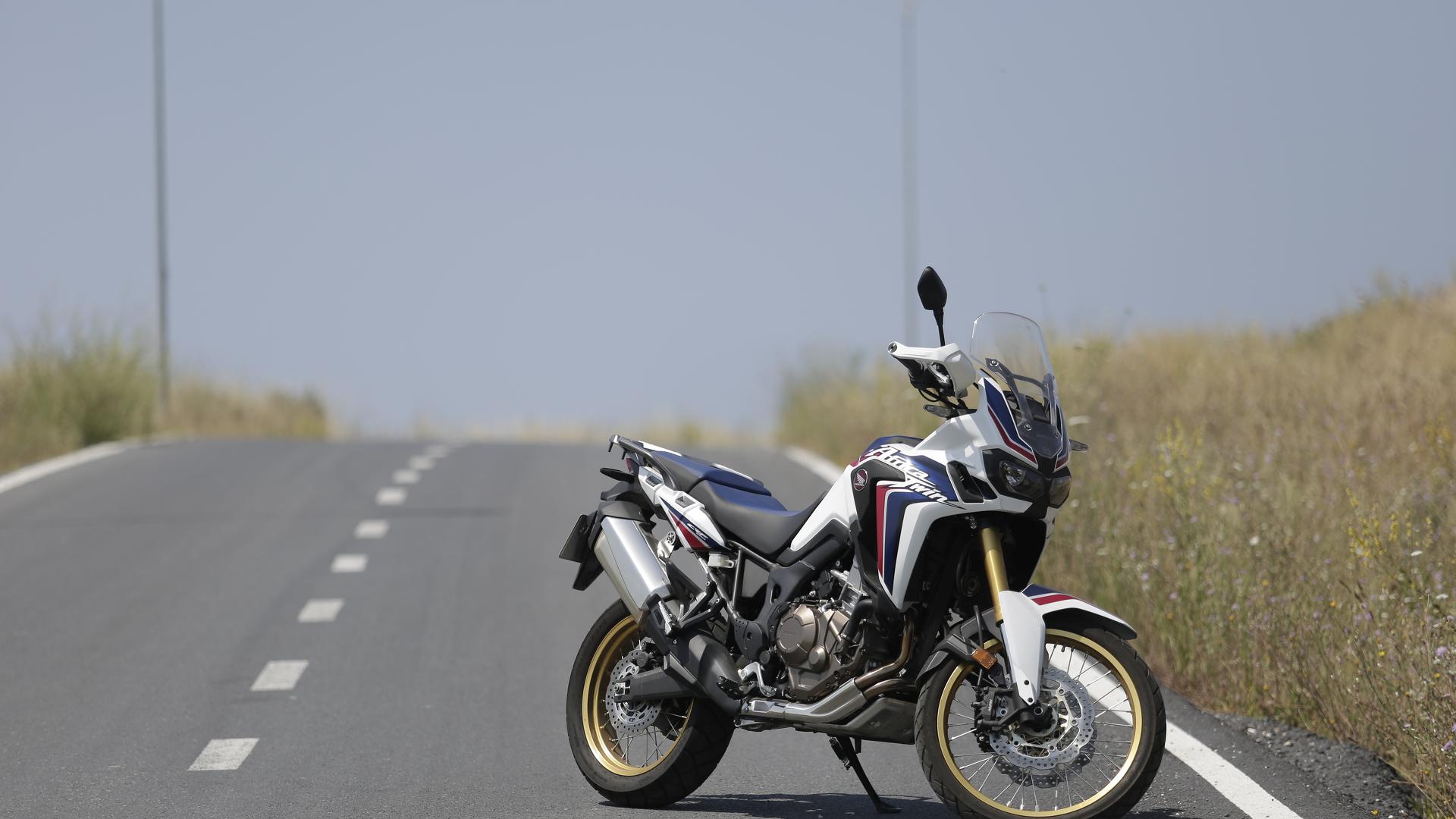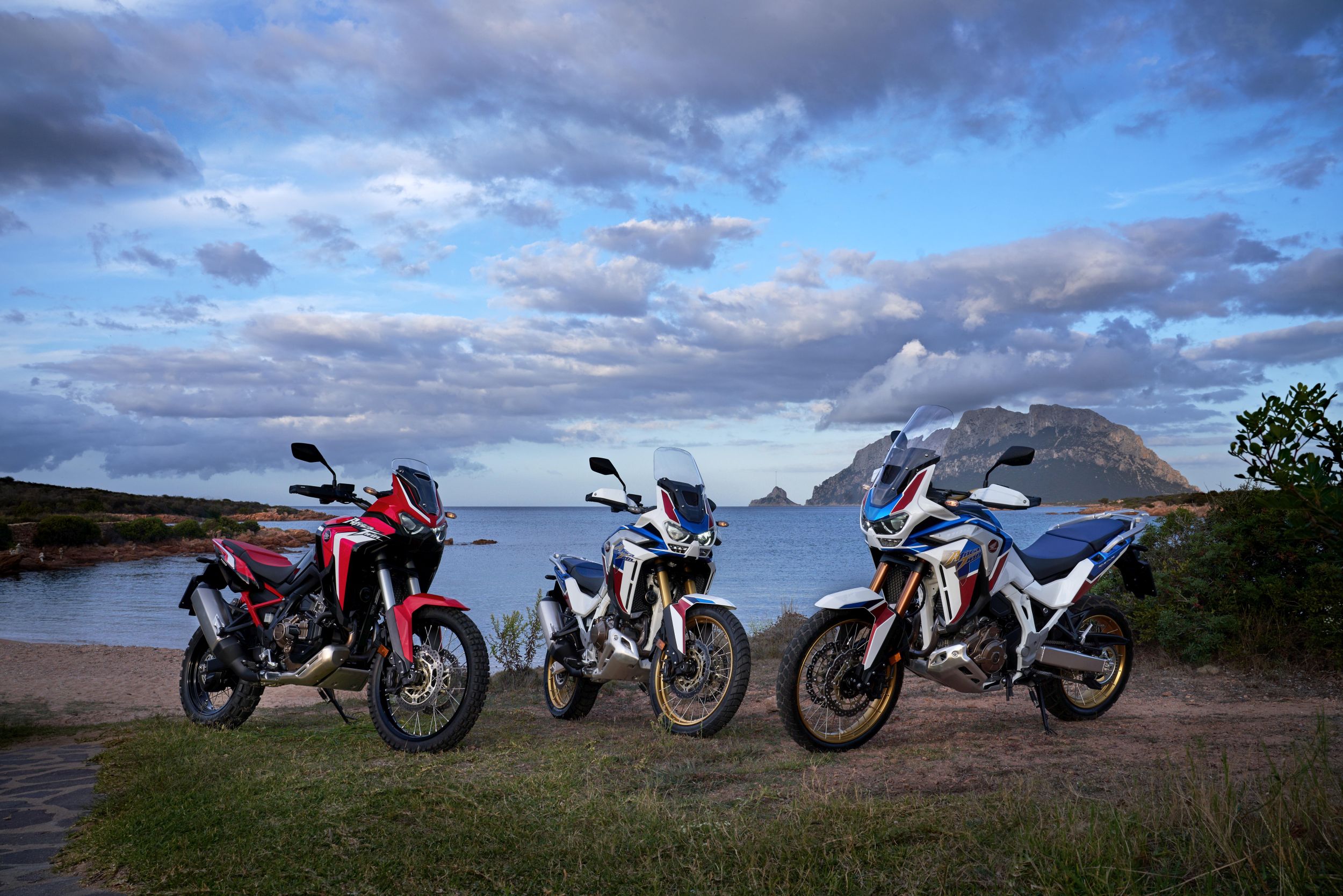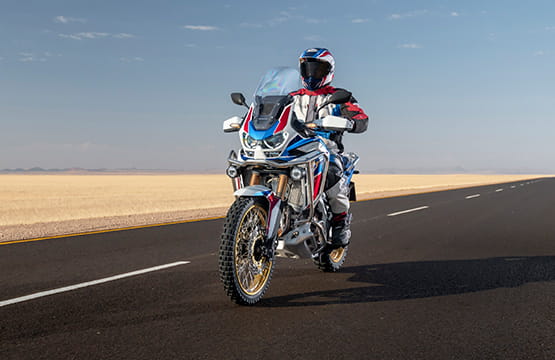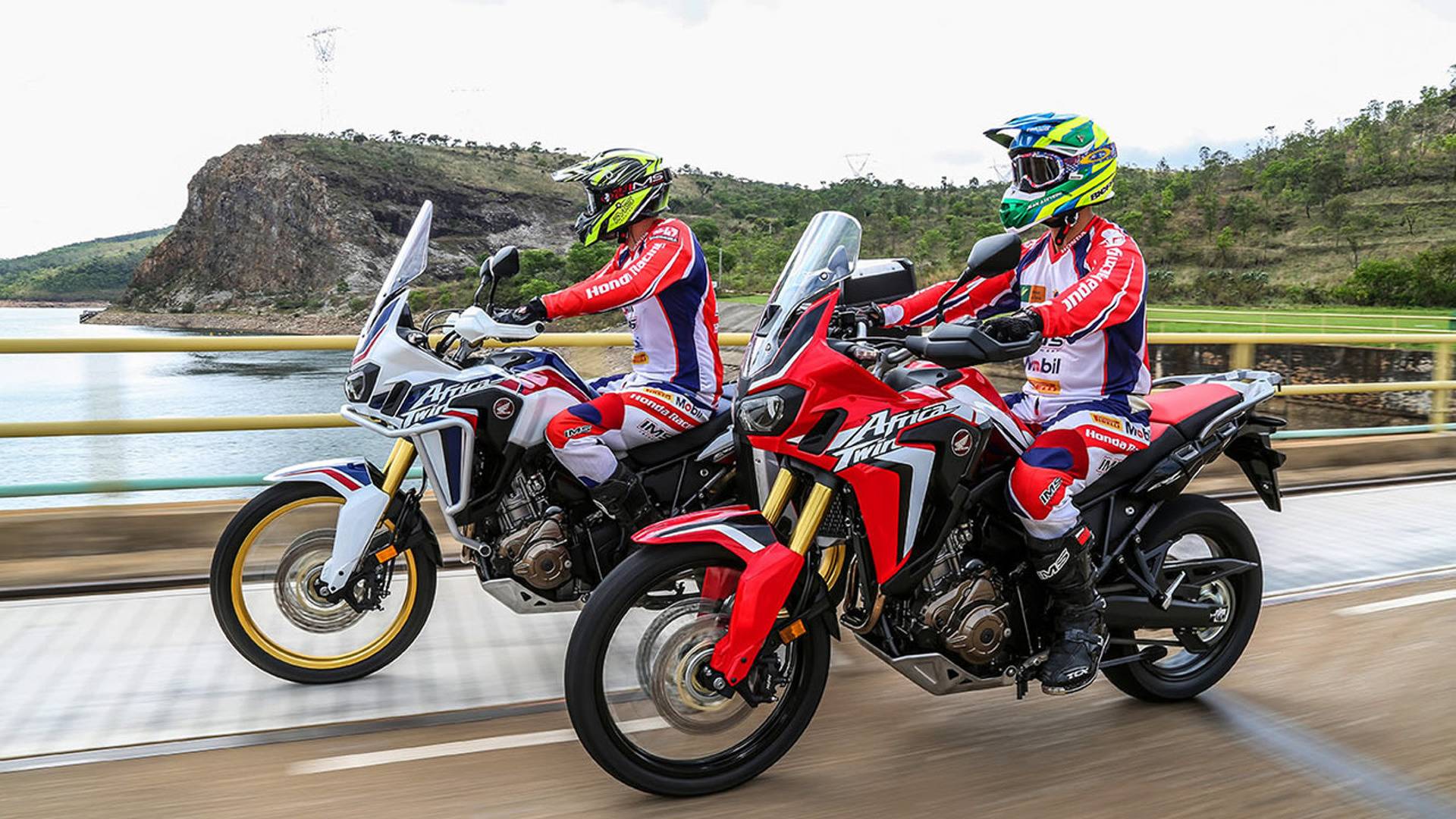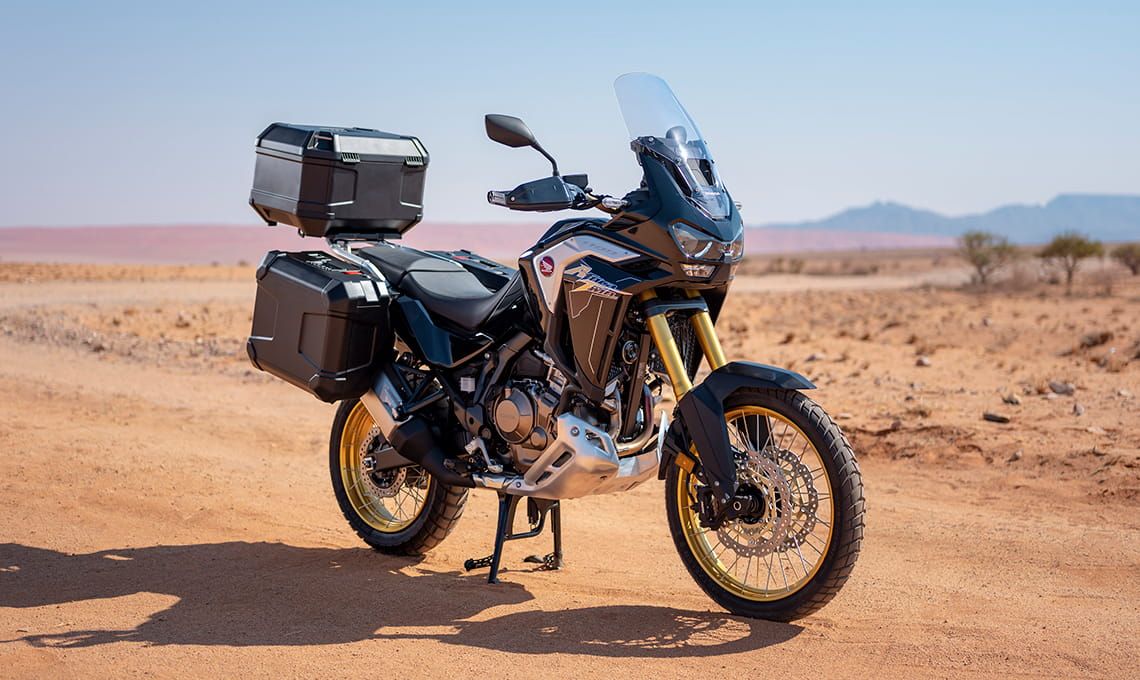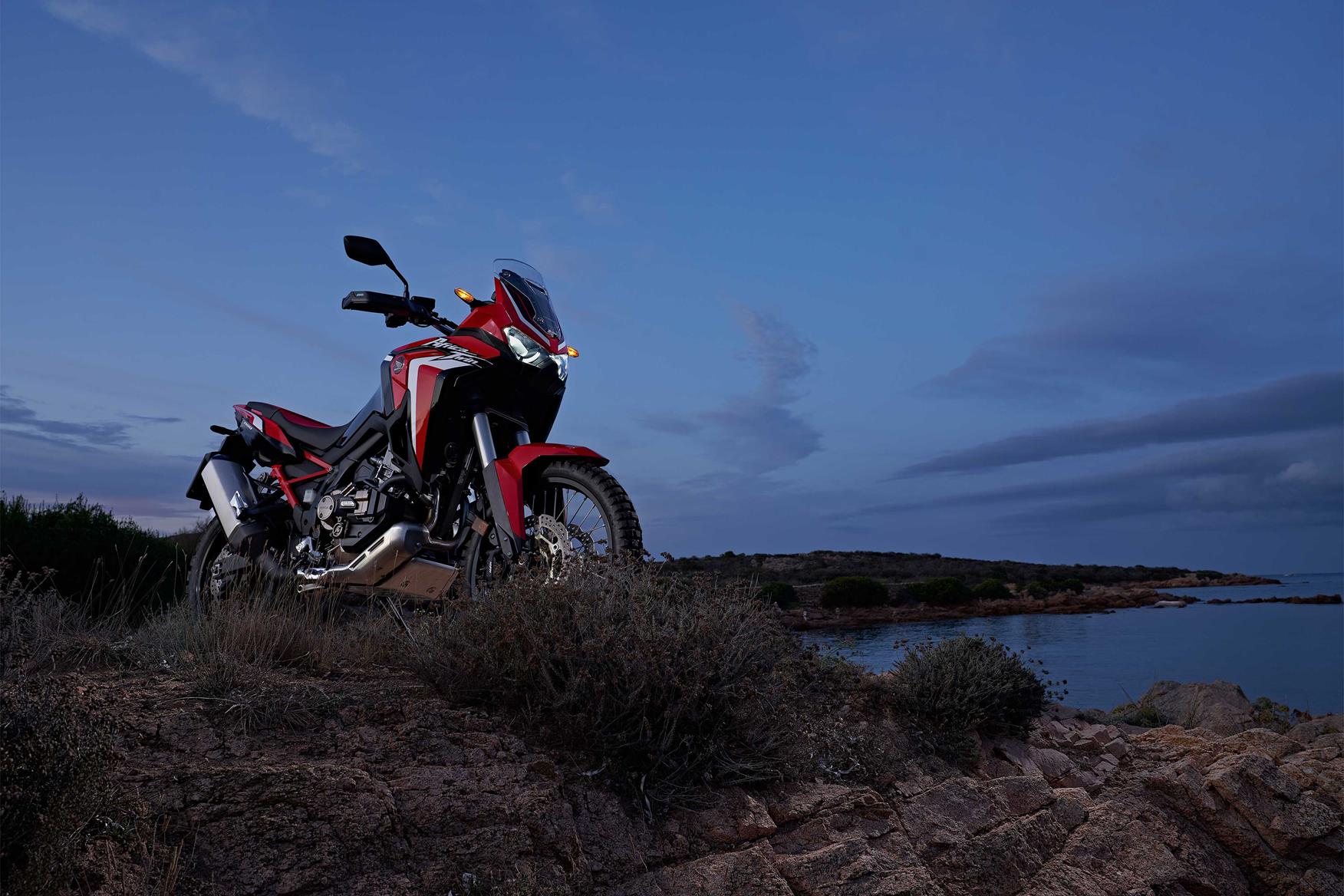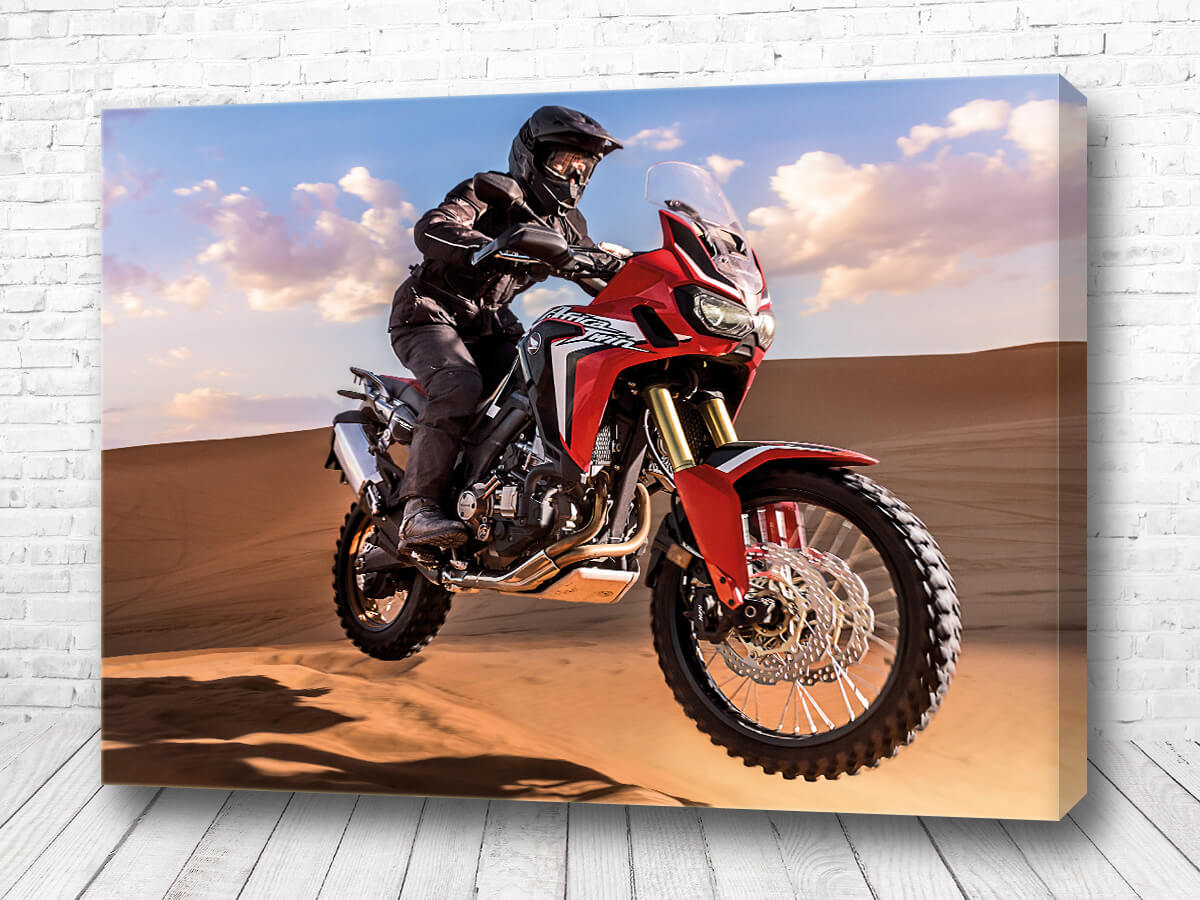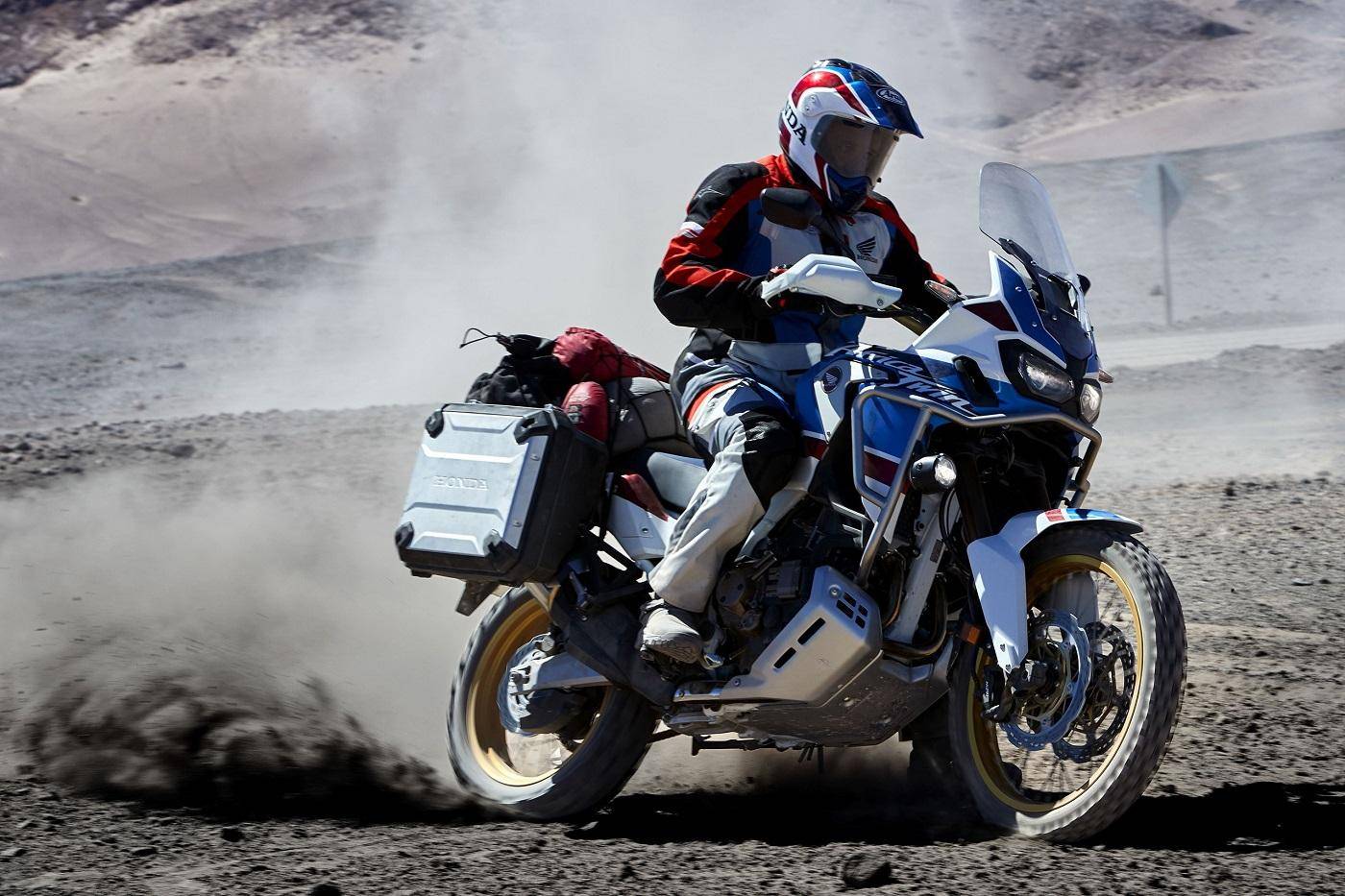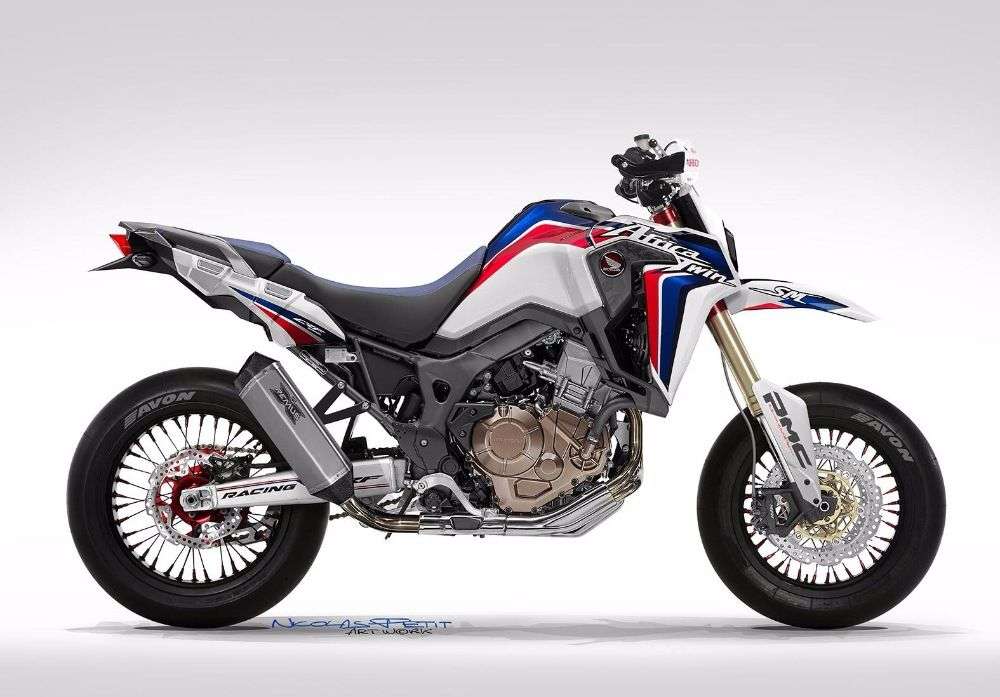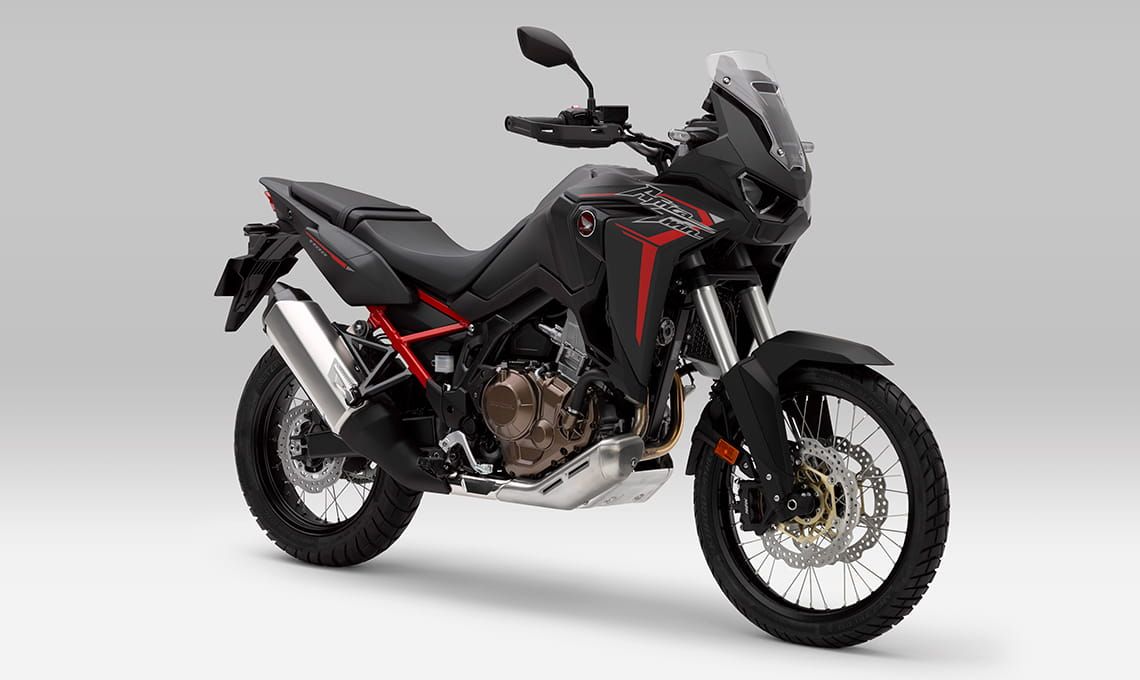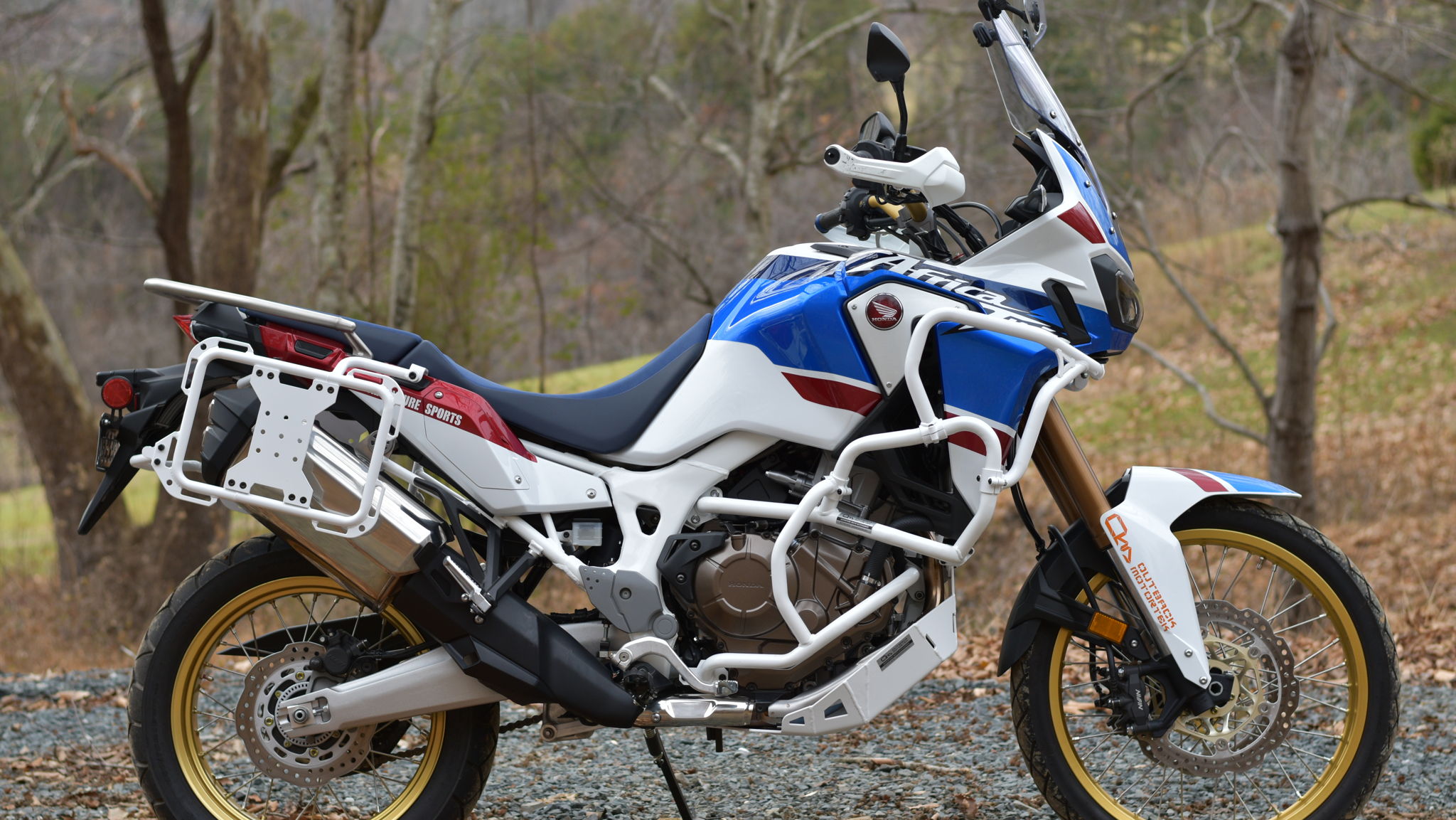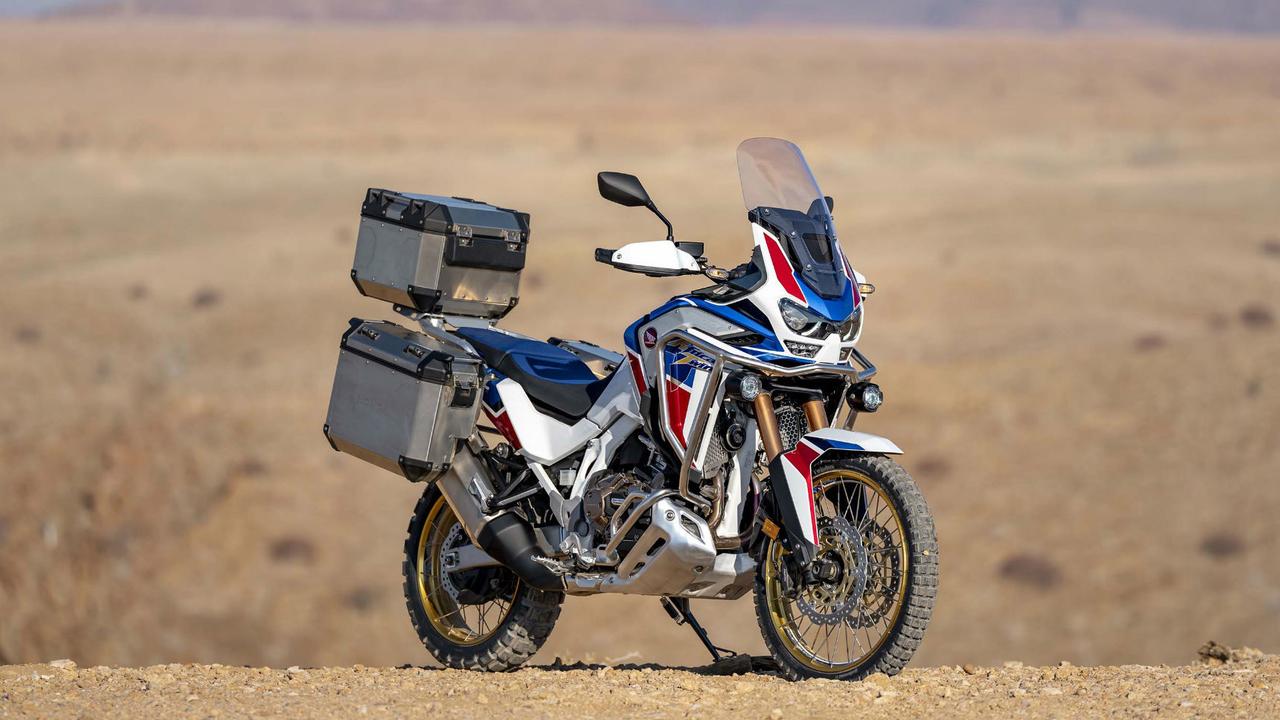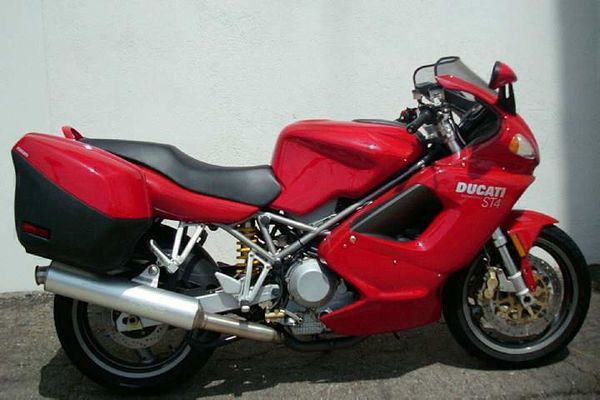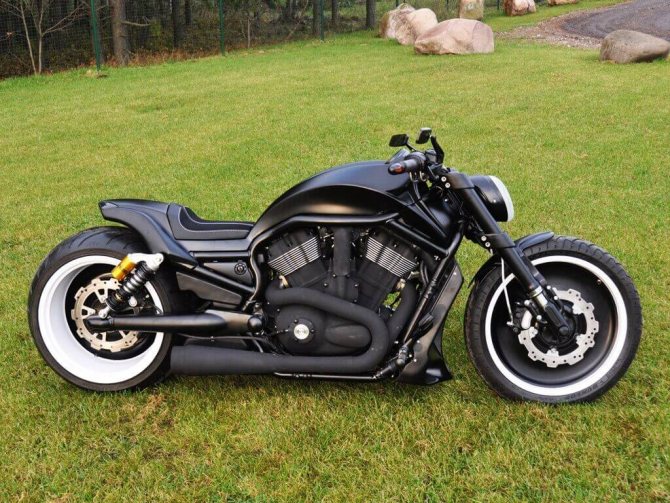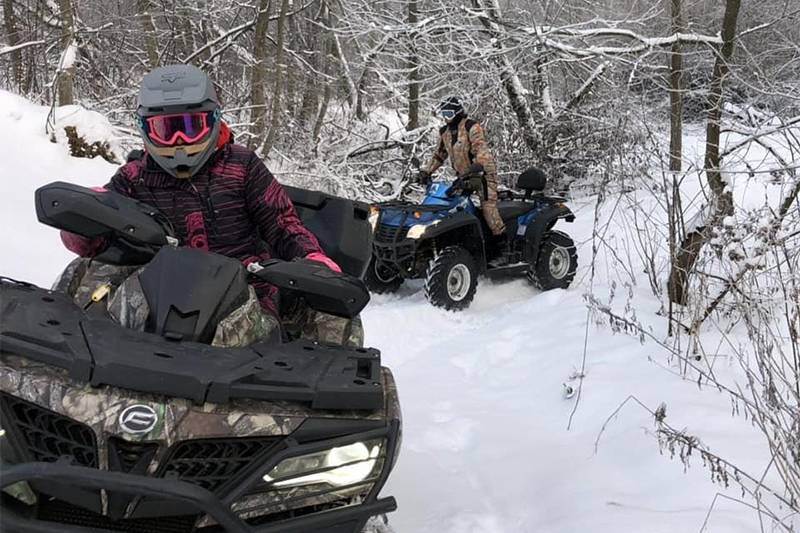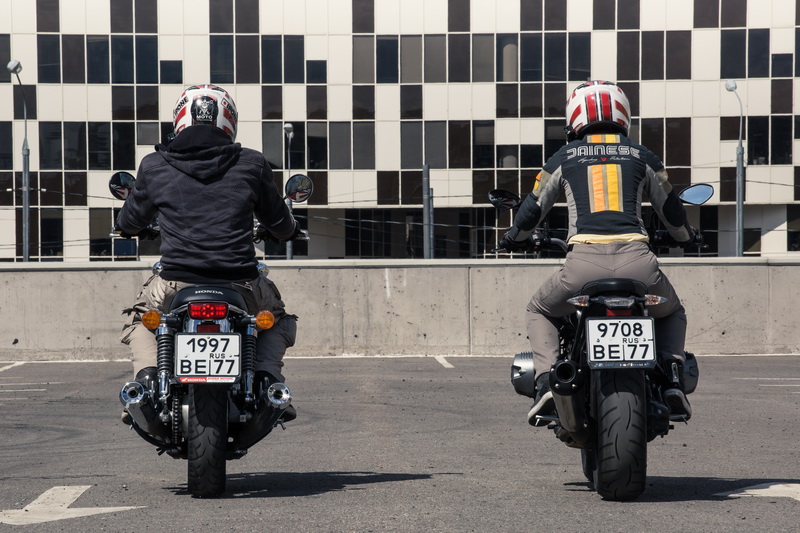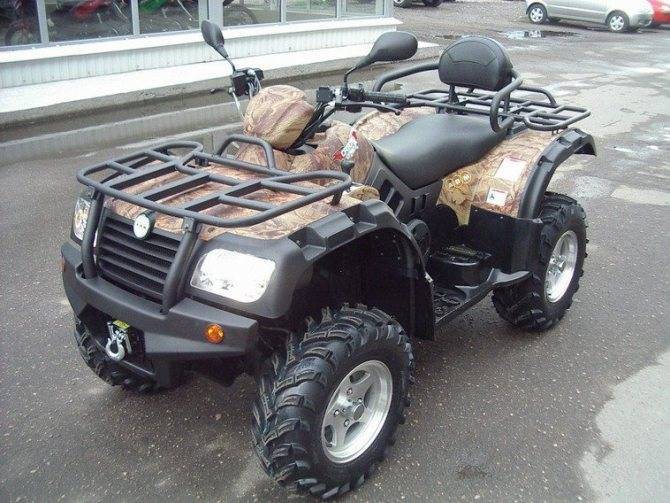CRF1100L Adventure Sport riding modes and aides
• IMU-managed HSTC intervention levels optimised for off-road use (7 levels)
• Wheelie Control features 3 levels and IMU management
• OFF-ROAD joins the default riding modes TOUR, URBAN and GRAVEL
• Two USER modes allow for complete riding modes customisation
• G Switch (DCT only)

The buttons to operate the modes seem to have been inspired by the Goldwing. There are too many buttons, and it all gets a bit convoluted. With time in the saddle, operation of this system would most likely improve – although it’s not intuitive.
The self-cancelling indicators aren’t the greatest either, but you can turn off this function.

Engine and Transmission
The new 1084cc 270° parallel twin motor has received a new cylinder head, valve timing, throttle body and a new exhaust profile (with exhaust control valve). And it’s also EURO 5 compliant. These changes produce 6-7% more power and torque, bringing the power up to 101HP and torque to 105Nm. Coupled with the 2.5kg weight saving the new machine has a 10% power to weight saving on the old one. And my goodness does it feel sweet.

On the road the power increase is noticeable. Granted it’s not 1290 Super Adventure power, but when you pull the throttle from idle to redline, it feels silky smooth. There’s a reassuring whoosh of torque at four and six thousand rpm, and flicking the DCT shifters makes the surge endless. The power doesn’t bite your face off and make you shiver your timbers. Quite the opposite. Instead, the grunt and the way it’s produced invites you to have a bit of a brrraaaapp.
The addition of an exhaust control valve helps not only to smooth out the torque curve from low to high rpm, but also produces a lovely engine note. The standard exhaust pops and farts on downshifts (with DCT), and the optional quickshifter does the same on the up and downshifts (manual).
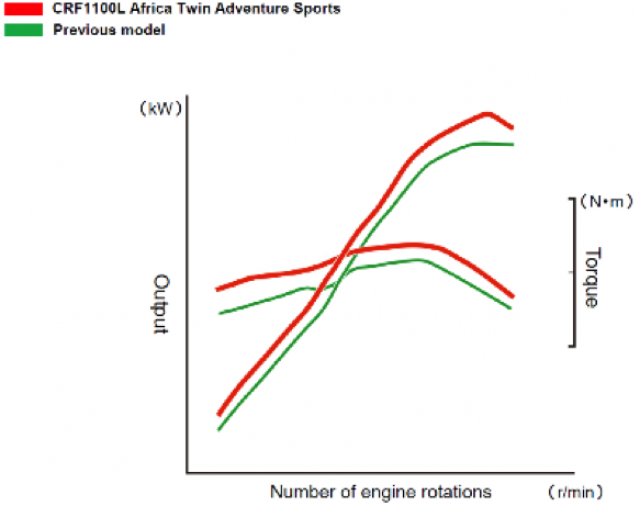
Overall, the friendly yet bold character of the larger motor lends itself well to swift road riding and technical off-road excursions. Plus, as one of our guides said “you can boss it”, meaning you can spin up the rear and not worry about being spat off into a bush. Well, that’s how I interpreted it…
The DCT transmission worked well in manual mode, both on and off-road. Personally, I felt that the auto mode still lacks the fun factor – shifting up way too early and unintuitively. However, the shifters on the LH bar are epic fun to use, and on sweeping off-road sections, the system allows you to focus on simply riding the motorcycle.

On the more technical off-road downhill sections, I struggled to get my head around not having a clutch, both for slippage and engine braking. Also, the system is a tad jerky as you crack the throttle at low revs. It’s not a deal-breaker, but something to bear in mind if you’re into uber technical off-road riding.
Chassis and Suspension
The semi-double-cradle frame has been modified to save 2.2kg and the swing arm is inspired by the CRF450 MX bike. The reason for these changes was simply for agility and stability. And after riding the Africa Twin Adventure Sport for a day and a half, I can attest to these claims.

The bike has that Honda planted and composed feeling, without being reluctant to change direction. Of course, it’s a 250+kg bike – so it needs a little guidance – but once on line, it tracks exactly where you want it to, offering plenty of feedback from both the standard and electronic suspension variants.
The Showa electronic suspension system has mitigated the nosedive which was prevalent on the previous model. And depending on what riding mode you’re in the suspension will adapt – even firming up for pillion and luggage.
At first, I had reservations about the ES system lowering feel and connectedness to the road surface, but the actuality was quite the opposite. It works away in the background and makes the front end feel as planted as a superbike. Which boggles my mind.
Off-road, the suspension does extremely well. It soaks up all kinds of lumps and bumps without that soul-destroying feeling of a bottom out. And it even has a jump mode if you feel brave enough… Good to know you can land softly every time right?

The pitfalls of the system are additional weight and cost. The adjustment motor is a fairly hefty unit, and the suspension components themselves would require specialist servicing. C spanners and Halford’s sockets won’t cut the mustard.
Handling
With the electronic suspension providing a magic carpet ride and the chassis providing feel and stability, the bike handles beautifully. The dual-sport Bridgestone tyres provide plenty of on-road grip despite the 21” skinny front tyre. The ‘Big Tank’ Africa Twin flicks like it’s lightweight CB500X little brother. And it’s addictive.
Off-road handling is just as comforting as on tarmac, although the dual-sport Bridgestone rubber feels more oriented to road use . However, the Metzeler option tyres feel better off-road with a slight detriment to road grippiness. Swings and roundabouts.
The poise and balance of the Adventure Sport is something of a miracle for its weight. The only thing limiting its performance off-road is the rider. In short, the handling is easy, playful and direct. Oh, and epic fun!
Comfort and ergonomics
For a mile muncher, the Adventure Sport isn’t too shabby comfort-wise. The handlebars are quite swept backwards leading to a neutral 90° upright seating position. The screen reduces buffeting at legal speeds, but for taller riders could do with a bit more adjustment – as the top of the screen was at the same levels as my eye line (I’m 6ft4).
The 870mm high adjustable seat (which can be lowered by 20mm) strikes a good balance between soft and firm and doesn’t hurt your cheeks the next day. Even after 270km in the saddle – with a few breaks in between – the only real fatigue I felt was mental, not physical.

We love:
· Build quality and attention to detail
· On and off-road handling capability
· Electronics package
· Empowering riding position
We don’t love:
· Indicator stalk design
· Dash takes too long to load
· Startup safety warning on touch screen each time bike is switched on
Price
The Africa twin comes in a few different variants such as:
Honda CRF1100L Africa Twin – £13,049
Honda CRF1100L Africa Twin Adventure Sports – £14,649
Honda CRF1100L Africa Twin Adventure Sports DCT – £15,849
Honda CRF1100L Africa Twin Adventure Sports ES (electronic suspension) – £16,049
Honda CRF1100L Africa Twin Adventure Sports ES DCT – £17,349
The model variant I rode most was the gem of the range, with all the electronic gizmos you could possibly desire, including a dual-clutch transmission (DCT) and electronic suspension (ES) – which for just over seventeen grand is pretty good value.

Brakes
At the front, is a pair of 310mm dual wave floating hydraulic discs with two Nissin radial-mounted 4-piston calipers. The rear has a large 256mm wavey hydraulic disc with a Tokico single piston caliper. Both front and rear brakes have a two-channel ABS and cornering ABS system, which translates to being able to take the absolute piss on the brakes.
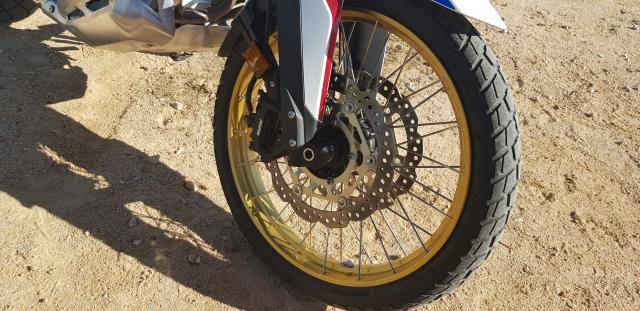
Onroad, you can trail brake deep into a corner, and off-road you can hammer on the levers to prevent overshooting a technical hairpin, like a complete rookie. Somehow the bike stays upright, which feels like some sort of voodoo. It’s a very refined and confidence inspiring system.



